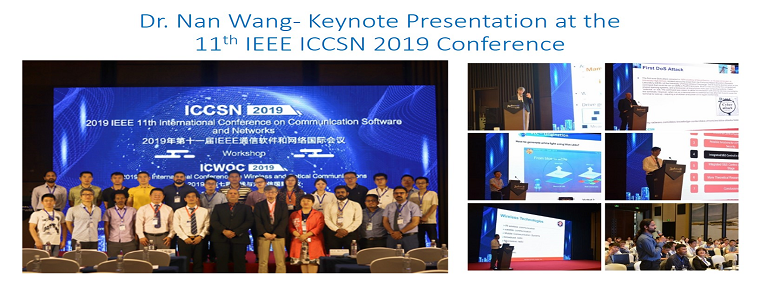NSF NeTs Bulldog Mote Project
NSF NeTs Bulldog Mote Project
Welcome to the (National Science Foundation) (NSF) NeTs Bulldog Mote Project.
Wireless Sensor Networks (WSNs) are composed of a significant number of nodes deployed
in a widespread area in which not all nodes are directly connected. WSNs have been
widely employed in numerous real world smart applications that greatly impact many
areas of humanity, including health care monitoring, forest fire detection, air pollution
monitoring, landslide detection, and structural health monitoring. However, limited
battery life and inefficient power management of the sensor nodes continue to be major
concerns in the further development of WSNs.
This project aims to design a new low-power sensor node, the Bulldog Mote, using attractive
low power techniques, such as energy harvesting, clock scheduling, and dynamic voltage
scheduling, implemented through all WSN design layers. The WSN and all its subsystems
containing the newly designed Bulldog Motes will be methodologically tested on forest
fire detection and/or smart watering applications.
The impact of this project will be further strengthened by:
- Embedding low-power design technologies in substantial systems from major industry parties
- Enhancing curriculum development with improved courses and senior projects
- Disseminating research results through online tutorial, peer referred publications, and open-source website
- Reaching out to K-12 students and underrepresented minority groups through open houses and summer camps
- Supporting women and minority students in research.
Finally, subsequent comprehensive low-power design model and procedures will be developed for designers to create and improve designs of other embedded devices under tight power constrains.





